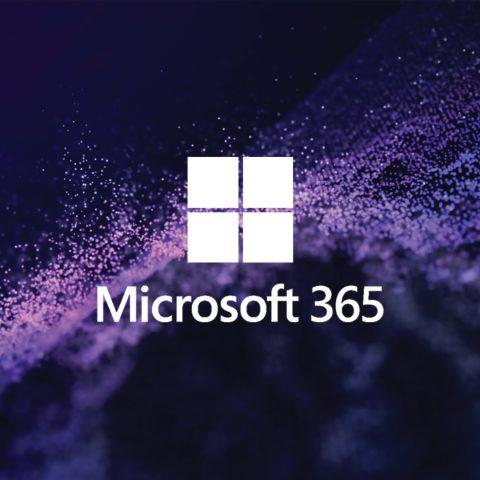BLOGS
Welcome to the WESTPOLE Blog
We keep our finger on the pulse of the IT industry and use blogs & articles to report on everything that is worth reporting on. Included bonuses: our expert opinion on the topics in question.
WESTPOLE: Life Insurance for Your Data
Sustainability in the IT sector is vital for a brighter future. By taking responsibility for its impact on the environment, the IT industry is choosing the right path.
WESTPOLE’s take on a sustainable future
Sustainability in the IT sector is vital for a brighter future. By taking responsibility for its impact on the environment, the IT industry is choosing the right path.
Cloud and Public Administration: the winning combination
Cloud and Public Administration move on parallel tracks: citizens expect more and more from services and delivering them effectively is crucial.
Data protection: 5 successful methodologies for complex environments
Data protection in complex environments is a challenge, but thanks to state-of-the-art methods, it is possible to put it into practice.
M365 data protection: why it really matters
Microsoft Office 365 is a powerful set of products that can help you empower your entire organization!
However, your Microsoft 365 environment can quickly become unmanageable without the proper management and data protection tools. Or worse, unexpected data loss can occur! With the combined offering from WESTPOLE, we help regain control over your M365 environment and ensure your valuable data is always well protected!
Cloud Management as a Service: why it’s better than “do it yourself”
‘Cloud Management as a Service’ or CMaaS means being able to take full advantage of the opportunity to outsource the management of a cloud infrastructure to an experienced provider. The main driver of this choice is flexibility, as well as the adoption of a more agile management system.
Governance, Risk and Compliance
There are many reasons why organizations are desperately seeking an effective and efficient structuring of the entire control framework around governance, risk and compliance. While GRC isn’t solely limited to IT security aspects, GRC frameworks often extend into quality and/or performance management as well. On a high level, GRC help organizations better define their business rules, review controls and visualize future growth, leading to reduced costs. Governance, risk and compliance can also help businesses better address cyber security risks.
Is the Cloud the Next Frontier for Employee Learning and Development?
Innovation is an essential ingredient of company growth. When business leaders apply innovative solutions to training and development, they can empower their employees with practical knowledge and expertise. Continuously sharpening employees’ skills and enabling them to acquire new ones will give a company a competitive edge in the market and help them reach a broader range of audiences.
A chat with one of our consultants – Laurent Loiseau
Explore WESTPOLE through the eyes of one of our consultants, Laurent Loiseau. Read everything about it in this short interview.
Journey to the cloud: when and how much is it worth it?
A lean approach that offers numerous benefits: let’s find out why Journey to the Cloud is increasingly a win-win for companies.










